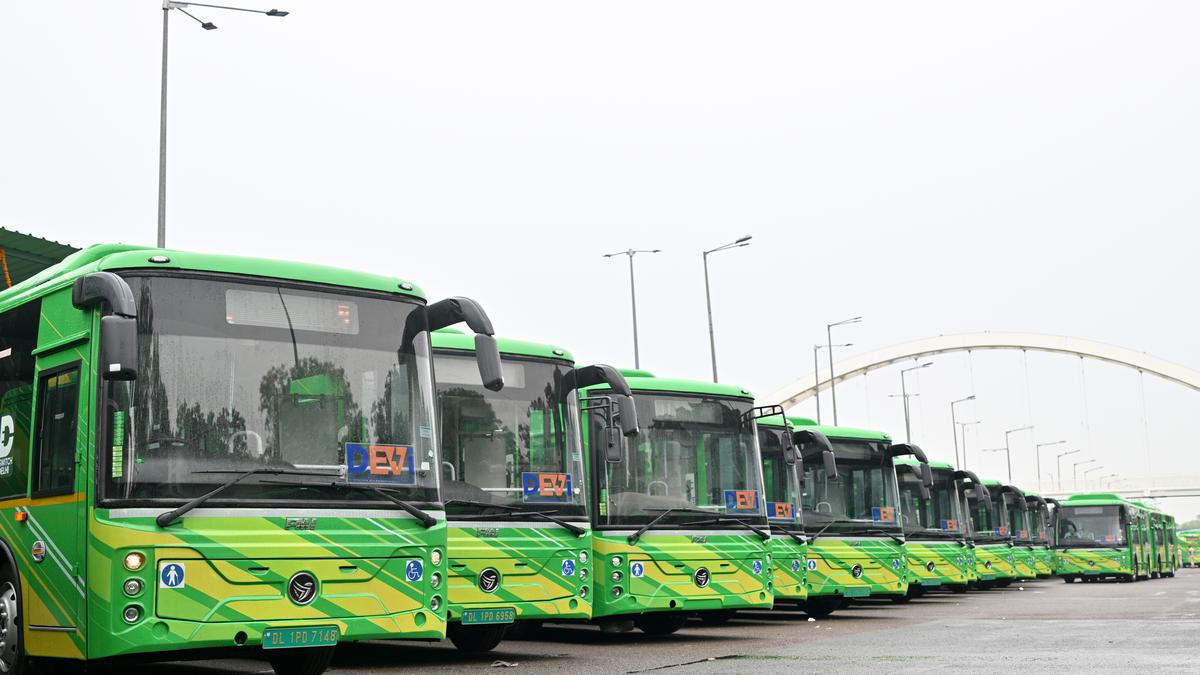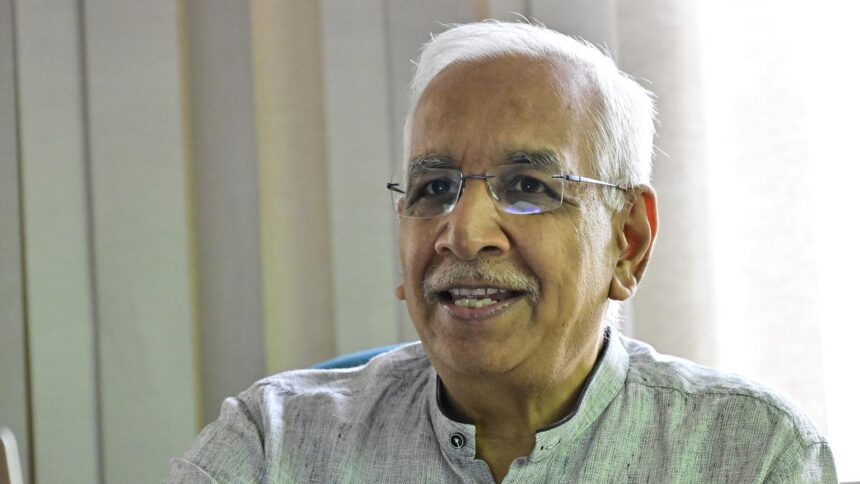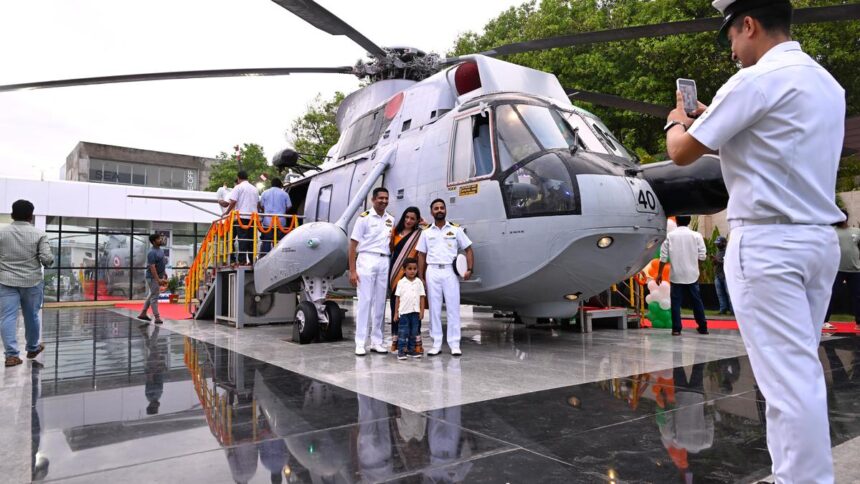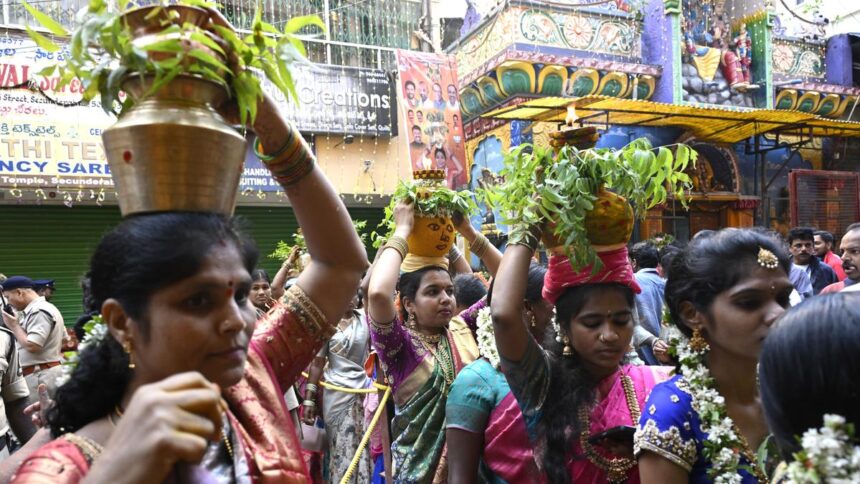
The Delhi government initiated the route-mapping project earlier this year to prepare for the roll-out of DEVi buses.
| Photo Credit: File photo
As the Delhi Transport Corporation (DTC) begins trial runs of its compact 9-metre Delhi Electric Vehicle Interconnector (DEVi) buses in the trans-Yamuna region, the ambitious neighbourhood bus service is running into real-world roadblocks.
From electric poles and trees in the middle of narrow streets to shifting weekly markets, illegal parking, and roadside encroachments, officials say several logistical challenges are complicating route rationalisation in East Delhi.
The Delhi government, in collaboration with researchers from IIT Delhi, initiated the route-mapping project earlier this year to prepare for the roll-out of DEVi buses, first introduced in 2023 by the AAP government as Mohalla buses. The rebranded service was formally launched by Chief Minister Rekha Gupta on May 2 from Ghazipur, Nangloi, and East Vinod Nagar depots, with 400 buses flagged off.
Building on that, the Chief Minister on July 15 announced that a pilot route planning project would begin in Yamuna Vihar, with the goal of replicating the model across the Capital.
Logistical hurdles
However, the on-ground reality in East Delhi’s dense neighbourhoods is proving complex. “From electric poles at intersections, trees blocking turns, to narrow culverts and roadside markets, everything affects whether and when a bus can pass,” said a senior DTC official involved in the trial runs.
He cited weekly markets that occupy different lanes on different days, affecting day-wise accessibility. “If a market runs on Tuesdays in one locality, buses may have to avoid that route from 4 p.m. onwards. In Trilokpuri, for instance, there’s simply not enough space for a DEVi bus to turn around when the market is active. Only bikes or cycles can pass through,” the official said.
In cases involving trees or power poles, temporary route detours are the only solution for now. Removing electric poles involves multiple agencies and long processes, and the corporation has clarified that it has no intention of cutting down trees obstructing narrow lanes.
Community cooperation
For encroachments by private shops or illegal parking, officials say community support is critical. “Large-scale removal of encroachments often causes unrest. But if Resident Welfare Associations and market bodies cooperate, the process becomes much easier,” the official added.
Despite these operational snags, another senior official exuded confidence and said the problems will be ironed out in the long term. “It is a one-of-a-kind initiative in India. There is no ready model to copy. These logistical issues are being mapped as we go. In the next neighbourhoods, we will be better prepared,” the official said.
A similar model was tested earlier by the Delhi Metro Rail Corporation (DMRC) in 2019 with its 9-metre feeder buses from Shastri Park and Majlis Park depots. However, the buses, run by private operators, were transferred to Delhi Integrated Multimodal Transit System (DIMTS) in 2023 after struggling with profitability and route rationalisation.
“The biggest issue was route planning. Limited buses and inconsistent connectivity made the feeder model unviable as a last-mile option,” said a senior DMRC official.
Published – July 28, 2025 01:12 am IST






















